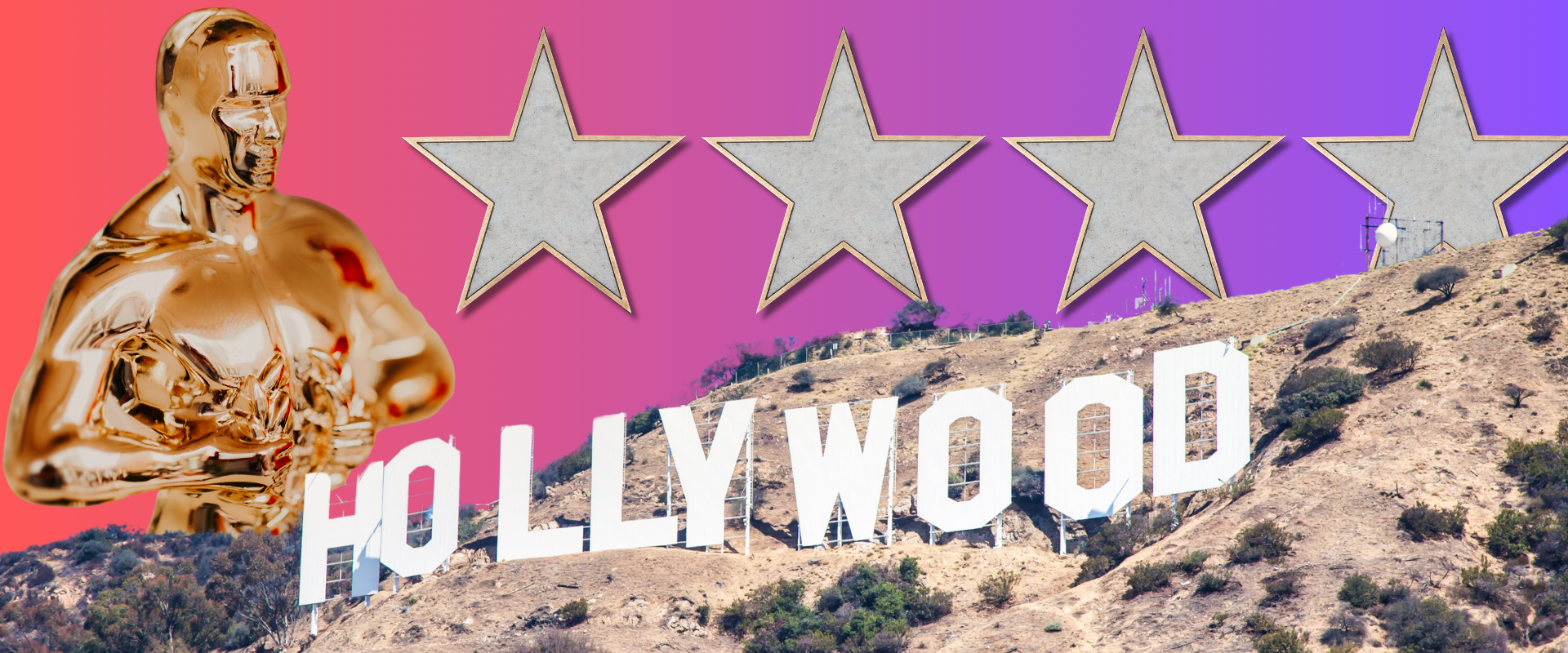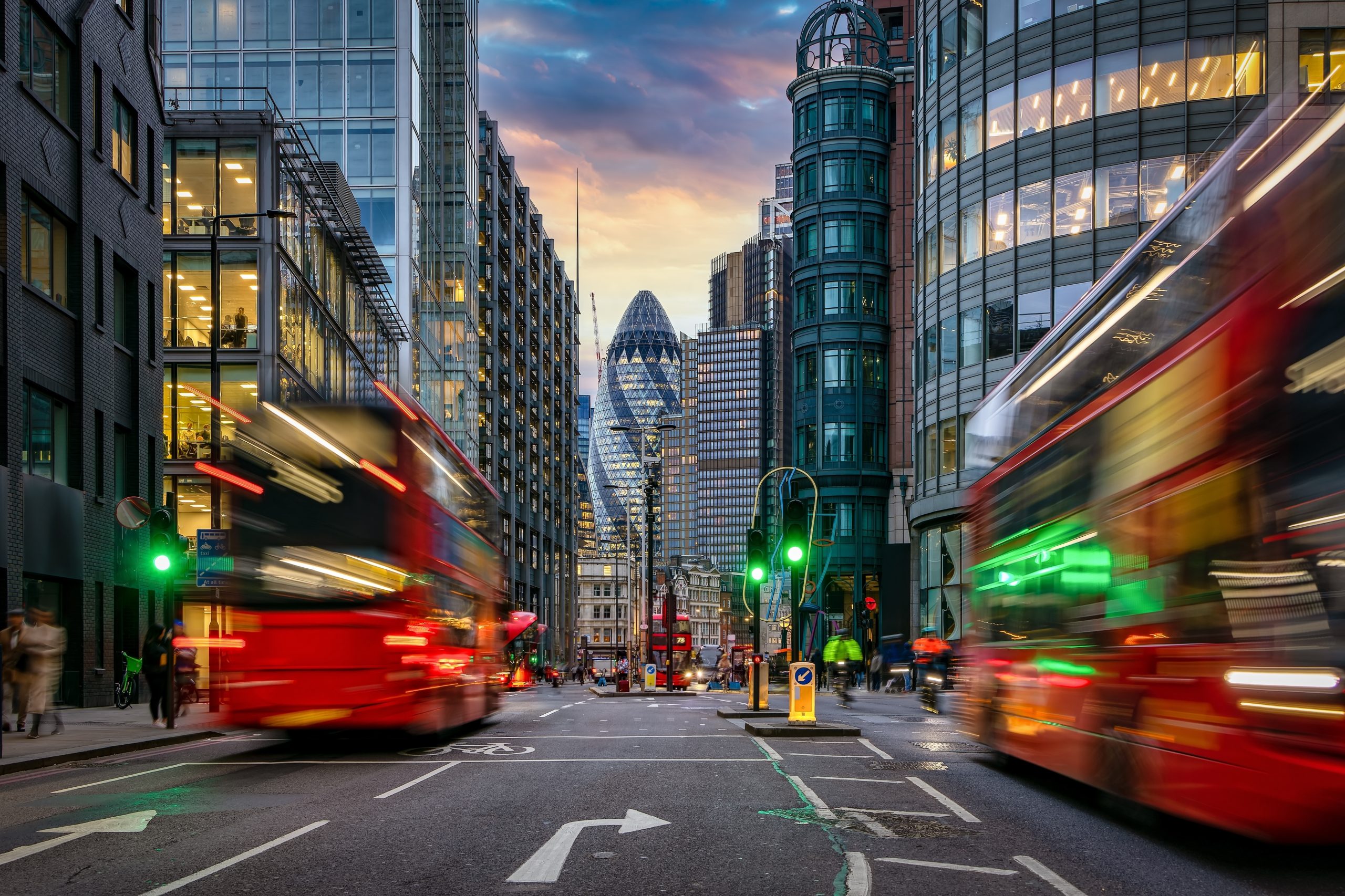
February 06, 2025
As Oscars Awards Near, AI Policy Takes Center Stage in Hollywood
TL;DR
- AI is disrupting Hollywood: From blockbuster production to independent filmmaking, AI offers opportunities but raises ethical and legal challenges.
- Copyright and creative rights are at stake due to the use of creative material and hot-button issues such as voice cloning.
- Policymakers can shape the future by issuing straightforward usage, copyright, and attribution guidelines to balance innovation with protecting livelihoods.
As the 97th Academy Awards Ceremony approaches, Hollywood is on the cusp of significant technological change. Artificial intelligence (AI) is already making its way into every aspect of the entertainment industry, with nominated films like The Brutalist and Emilia Pérez relying on AI-enabled tools for tasks such as sound editing. Studios are increasingly using AI to cut costs and speed production, while independent filmmakers leverage these affordable digital tools to unlock new creative possibilities. However, the industry’s embrace of AI is also fueling ethical and legal challenges that demand attention from policymakers.
There is tension between studios prioritizing new technology and cost-effective ways to remain profitable and prominent industry talent, like Justine Bateman, who believe it will devalue human artistry. Recent SAG-AFTRA strikes have focused on AI technology, including disputes over studios replicating actors’ faces to generate digital performances and video game companies replicating actors’ voices or likenesses without consent or compensation. California Governor Gavin Newsom signed a law protecting actors from being replaced by digital imposters without their permission to address these concerns – part of a pattern of state action in the absence of federal regulation.
Individual performers are beginning to seek copyright protections for their voices, raising questions about whether a voice can be a unique qualifier. In a widely publicized case, actress Scarlett Johansson, who voiced an artificially intelligent operating system in the Spike Jones movie Her, sued OpenAI for creating an AI-generated assistant with a voice that sounds like hers. Her legal team cited “Rights of publicity,” an umbrella legal term to protect “name, image, and likeness” (NIL) rights, but how one applies these rights varies from state to state. Lesser-known actors may have a more difficult time claiming copyright infringement, with voice actor Paul Lehrman tasked with defining what makes his voice “distinctive” in a case against AI company Lovo Inc. On the other hand, big names like Demi Lovato, Tom Brady, and will.i.am are capitalizing on their celebrity by embracing voice and image licensing deals and backing AI startups.
Another central point of contention in the AI debate is using creative content to train models. Major tech companies used OpenSubtitles.org’s data set of transcribed dialogue from over 53,000 films and 85,000 TV episodes to train AI systems, raising serious ethical and legal concerns regarding transparency and creative rights. Thom Yorke, Julianne Moore, and Kevin Bacon joined roughly 11,000 others in signing an open letter to major AI companies, writing that unlicensed use of their work is “a major, unjust threat to the livelihoods of the people behind those works.”
However, others argue that the historical precedents for fair use doctrine, which is consistently a catalyst for new art forms, should be applied in AI development. As lawmakers come back into session at the start of 2025, Matt Perault, Head of AI Policy at Andreessen Horowitz, wrote, “The key question in artificial intelligence policy is not whether AI should be regulated, but whether regulation should focus on AI development or AI use.” Here, rather than regulating the development of AI itself, the focus would be on its use — ensuring that AI tools are harnessed responsibly without stifling innovation or unfairly putting creators at a disadvantage. Balancing fair use with the economic realities of copyright enforcement and the financial potential for AI-driven content remains a key issue for policymakers trying to decide at which stage to intervene.
Nevertheless, AI is already proving its utility in production by enabling filmmakers to create big blockbusters without spending as much on visual effects or world-building. Formerly cost-prohibitive tools with heightened creative capabilities give independent filmmakers powerful opportunities, decentralizing the creative process. Lionsgate has partnered with AI company Runway to enhance visual effects, repurposing assets from previous films to streamline workflows.
Meanwhile, others use AI tools to stay on schedule and avoid re-shoots, including Academy Award nominee David Jancso’s sound editing work in The Brutalist. He used Respeecher, an AI voice-generating technology, because “we had so much dialogue in Hungarian that we really needed to speed up the [editing] process; otherwise we’d still be in post [production].”
The documentary film world has also been exploring the possibilities of AI. Notably, Netflix’s Churchill at War used AI to create synthesized voiceovers from Winston Churchill’s writings, showcasing an enhanced historical narrative. Actress and writer Natasha Lyonne, referring to the new documentary studio Asteria Film, said, “If done correctly, it could open doors for visionaries to see their films realized in ways previously only accessible to very few gatekeepers.”
AI’s impact on Hollywood previews broader societal shifts in creativity, labor, and technology. As this technology becomes more ingrained in the entertainment industry, lawmakers have an opportunity to establish guardrails that foster innovation while protecting creators. Clear standards for copyright enforcement, transparent practices from studios and AI developers, and defined guidelines for attribution are critical steps in navigating this new frontier. Moreover, AI’s integration into Hollywood positively contributes to the global economy, opening new opportunities for small players and large studios. Whether it’s actors and creators exploring innovative ways to engage with their audiences or tech companies driving the future of production, these developments are reshaping the industry and the broader economic landscape.
By addressing these challenges head-on, policymakers can help ensure AI becomes a tool that amplifies creativity, safeguards livelihoods, and sets a precedent for responsible innovation in other industries.
Elise Hernke is a multimedia journalist and film writer in Los Angeles, California. She can be found on Linkedin and Instagram @Ingloriousbaguettes, and you can check out her podcast, Cinematic Breadcrumbs.

